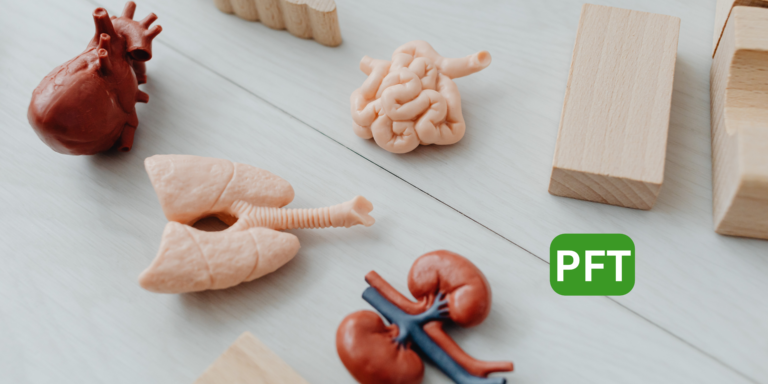
Pulmonary function tests (PFTs) are noninvasive tests that show how well the lungs are working. The tests measure lung volume, capacity, rates of flow, and gas exchange. This information can help your healthcare provider diagnose and decide the treatment of certain lung disorders. Pulmonary function tests (PFTs) are noninvasive tests that measure how well the lungs are working. The tests assess lung function by measuring things like lung volume, capacity, rates of flow, and gas exchange. This information can help your healthcare provider diagnose and decide the treatment of certain lung disorders.
PFTs are usually done using a spirometer. A spirometer is a small machine that you breathe into. The machine measures the amount and rate of air that you breathe in and out over a period of time. PFTs are relatively simple and quick to perform, and they are generally well tolerated by patients. They are an important part of the evaluation of many respiratory disorders, including asthma, bronchitis, COPD, and interstitial lung disease. There are different types of PFTs, and the specific tests that are performed will depend on the individual patient and the information that is needed. Some of the most common PFTs include spirometry, lung volume measurements, and diffusion capacity testing.
PFTs can also be done using other devices, such as plethysmographs. Plethysmographs measure the amount of air in the lungs and how forcefully the lungs inflate. You may be asked to do one or more of the following tests:
– spirometry
– forced vital capacity (FVC)
– forced expiratory volume (FEV)
– peak expiratory flow (PEF)
– forced expiratory flows (FEFs)
– diffusion capacity (DLCO)
– single-breath nitrogen washout (N2)
– body plethysmography
You may be asked to do a PFT before and after you take a bronchodilator. A bronchodilator is a medication that opens the airways. This is done to see if the bronchodilator is helpful for your lung disorder. You will be asked to wear a nose clip and mouthpiece during the test. The nose clip prevents air from going through your nose. The mouthpiece is connected to the spirometer or plethysmograph. You will be asked